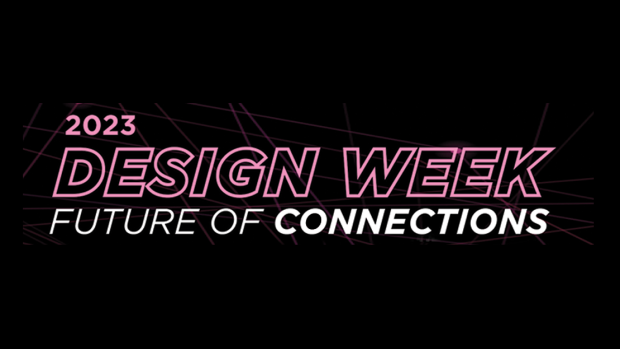Making connections
The Wearables Design Jam at the NYU Tandon MakerSpace invited new ideas on how

You don’t have to be a Luddite to worry from time to time that technology is keeping us from meaningful interaction — not when your roommate doesn’t look up from her laptop to say hello as you arrive home or when some guy texting on a cellphone doesn’t even stop to apologize after plowing into you on the sidewalk.
But what if technology could actually help us come together in exciting new ways? What if it were harnessed to foster community connection and mitigate isolation and loneliness? The organizers of the Wearables Design Jam, held at the NYU Tandon MakerSpace asked students from across NYU and other local schools to come up with answers.
The Design Jam was part of a packed roster of events celebrating MakerSpace’s 5th annual Design Week, which also included a discussion on the importance of so-called “third places,” inviting spaces outside of work or home; a panel of industry experts; a soft robotics workshop; and an interactive laser-cutter activity.
“We believe that engineers, artists, urban planners, social workers, and designers alike must come together to create holistic, real-life solutions across all scales and design with the future in mind,” explained Molly Ritmiller, the manager of the Design Lab at the MakerSpace. “With Design Week 2023 focused on the “future of connections,” we wanted our participants to think about the potential of wearables; it’s common to use them to count our steps and measure our heart rates, but what if they could encourage human interaction and socialization–something that’s arguably just as important to our health.”
Participants were encouraged to consider factors like environmental context, remote technology, safety, and face-to-face interaction while brainstorming, and the winning idea — an Arduino-powered bracelet dubbed “Be My Friend!” — was designed to alert users when another wearer with similar interests was in proximity.
“I’m a social person, and the pandemic was difficult for me,” Team member Shruti Garg, a Tandon master’s student studying computer engineering, said. "The Design Jam gave me a chance to build something to encourage others to pursue the things we’re lucky enough to be doing now, like studying together, going to the movies, or attending a yoga class.”
Nina Singh, an NYU Grossman School of Medicine student currently taking a research year, explained that the bracelet provides much more than simple fun: “My research is focused on how to use technology to make a clinical impact,” she said, “and we know that social connection is vital to mental health for people of all ages. Our team wanted to supplement the digital interactions that increasingly dominate modern life with more in-person moments of human connection.”
Theresa Merchant, who is a master’s student in Tandon’s Integrated Design & Media (IDM) program, also found that the event meshed perfectly with her academic work. “My thesis involves creating a Metaverse-based workshop and innovation database tool for intersectional innovation and remote collaboration,” she explained. “And working today with such a diverse group really brings into focus how much can be accomplished when people with various skillsets and backgrounds cooperate.”
The team’s diversity extended even to the schools attended: the fourth member of the team, Fatou Kine Diouf, is studying Transdisciplinary Design in an MFA program at the New School and stumbled upon news of the Jam online. “I have attended many events related to design futures,” she said, “and it was great to interact within a group that included computer science and medical students. The ideation process was interesting, as we hammered out safety and consent issues, GIS challenges, and everything that goes into coming up with a marketable, socially beneficial product.”
“Faced with challenges unique to community-building in the modern day, our first-place contestants excelled in blending hardware and social interaction to bring us all one step closer to answering the question of how to build meaningful connections in the digital age,” Ritmiller concluded. “Furthermore, seeing the students bring their interdisciplinary skills and knowledge together to collaborate, ideate, and create in community and for community was as important and exciting as the proposals themselves! It was a day of connecting to consider the future of connections."
Although the four — who stressed that they faced stiff competition from other innovative teams — are busy with their studies, Be My Friend! may one day reach the customer discovery and prototyping stages. In the meantime, some friendships were undeniably forged during Design Week.





